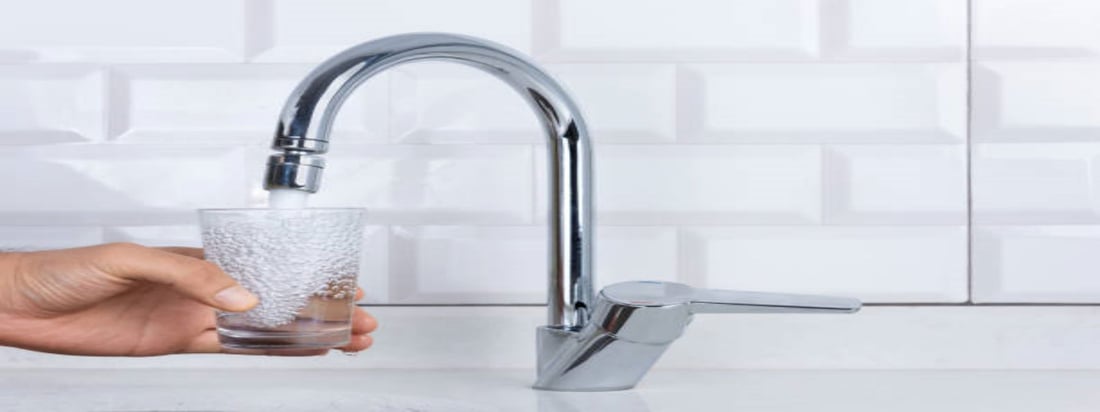Boiling Chlorine Out of Water: A Comprehensive Guide
Water is essential for our survival, and ensuring its quality is of utmost importance. One common method to purify water is by boiling it, which helps eliminate harmful microorganisms and other contaminants. In this article, we will explore the process of boiling chlorine out of water and its effectiveness in ensuring safe drinking water.
1. Understanding Chlorine in Water
Chlorine is commonly used as a disinfectant in water treatment plants to kill bacteria, viruses, and other harmful microorganisms. While it plays a crucial role in preventing waterborne diseases, some people may be concerned about the potential health effects of consuming chlorine-treated water.
When chlorine is added to water, it forms hypochlorous acid and hypochlorite ions, which are effective in killing pathogens. However, residual chlorine may remain in the treated water, giving it a distinct odor and taste.
2. Boiling Water: An Effective Method
Boiling water is a tried and tested method to make it safe for consumption, as it helps eliminate many waterborne pathogens. When the water reaches its boiling point, which is 100 degrees Celsius or 212 degrees Fahrenheit, pathogens such as bacteria and viruses are killed, rendering the water safe to drink.
However, boiling water does not remove chemicals like chlorine, which have a lower boiling point than water. Therefore, if you are specifically concerned about chlorine in your drinking water, boiling alone may not be sufficient.
3. The Boiling Process
Boiling water to remove chlorine is a simple process that can be done at home. Here's a step-by-step guide:
1. Fill a pot with tap water, leaving enough space to prevent overflow when boiling.
2. Place the pot on a stove and heat it until the water reaches a rolling boil.
3. Let the water boil for at least 5 minutes to ensure pathogens are effectively killed.
4. Turn off the heat and allow the water to cool down before transferring it to a clean container for storage.
4. Limitations of Boiling
While boiling water is effective in killing pathogens, it does have certain limitations. Here are a few factors to consider:
1. Chemicals like chlorine are not removed through boiling. If you are specifically concerned about chlorine, additional methods may be required.
2. Boiling does not remove sediment, heavy metals, or other non-volatile contaminants present in water.
3. Boiling may not be suitable for emergency situations where access to heat sources may be limited.
5. Alternative Methods to Remove Chlorine
If you want to remove chlorine from your water, there are alternative methods you can consider:
5.1. Activated Carbon Filtration
Activated carbon filters are commonly used to remove chlorine and other chemicals from water. These filters work by adsorbing the chlorine onto the surface of the carbon, effectively removing it from the water. However, it's important to note that these filters need to be replaced periodically to maintain their effectiveness.
5.2. Chemical Neutralization
Chemical neutralization involves adding a dechlorinating agent, such as sodium bisulfite or activated hydrogen peroxide, to water. These chemicals react with chlorine, converting it into a harmless substance. However, it's essential to carefully follow the instructions provided by the manufacturer to ensure proper neutralization.
5.3. Standing Time
Simply letting water sit in an open container for a few hours can also help dissipate chlorine. However, this method may not be as effective as others and may require longer waiting periods.
6. Considerations for Boiling Water
When boiling water, there are a few additional considerations to keep in mind:
1. Boiling water does not remove dissolved solids or improve its taste. If you have concerns about the taste or mineral content of your water, you may consider using a water filter or other treatment methods.
2. Ensure that the pot or container used for boiling water is clean and free from any contaminants.
3. Boiling water for an extended period may lead to concentration of certain contaminants, such as nitrates, so it's advisable to follow the recommended boiling time.
7. Storing Boiled Water
Once you have boiled the water, it's important to store it properly to maintain its quality. Here are a few guidelines:
1. Use clean, airtight containers made of food-grade materials to prevent contamination.
2. Label the containers with the date of boiling to ensure you consume the oldest water first.
3. Store the containers in a cool, dark place away from direct sunlight or chemicals that could affect the water quality.
8. Testing Water Quality
While boiling water can help eliminate many pathogens, it's important to note that it does not guarantee the removal of all contaminants. If you have concerns about the overall quality of your water, consider getting it tested by a certified laboratory. They can provide a comprehensive analysis of the water, helping you identify any potential issues and the appropriate treatment methods.
9. Conclusion
Boiling water is an effective method to kill pathogens and make it safe for consumption. However, it does not remove chemicals like chlorine. If you are specifically concerned about chlorine in your water, consider using alternative methods, such as activated carbon filtration or chemical neutralization. Remember to store boiled water properly and, if needed, get your water tested to ensure its overall quality. By taking these steps, you can enjoy safe and purified drinking water.

